Direct Answer: Make sure both your device (phone or laptop) and speaker volumes are turned up and correctly configured. Use the stereo (A2DP) Bluetooth profile instead of any phone-call mode. Keep the speaker and source close together (remove any obstacles or interference)Update your speaker’s firmware and your device’s Bluetooth or audio drivers, and play high-quality audio (e.g. AAC/aptX). These steps usually restore clear, full-quality sound on Bluetooth speakers.
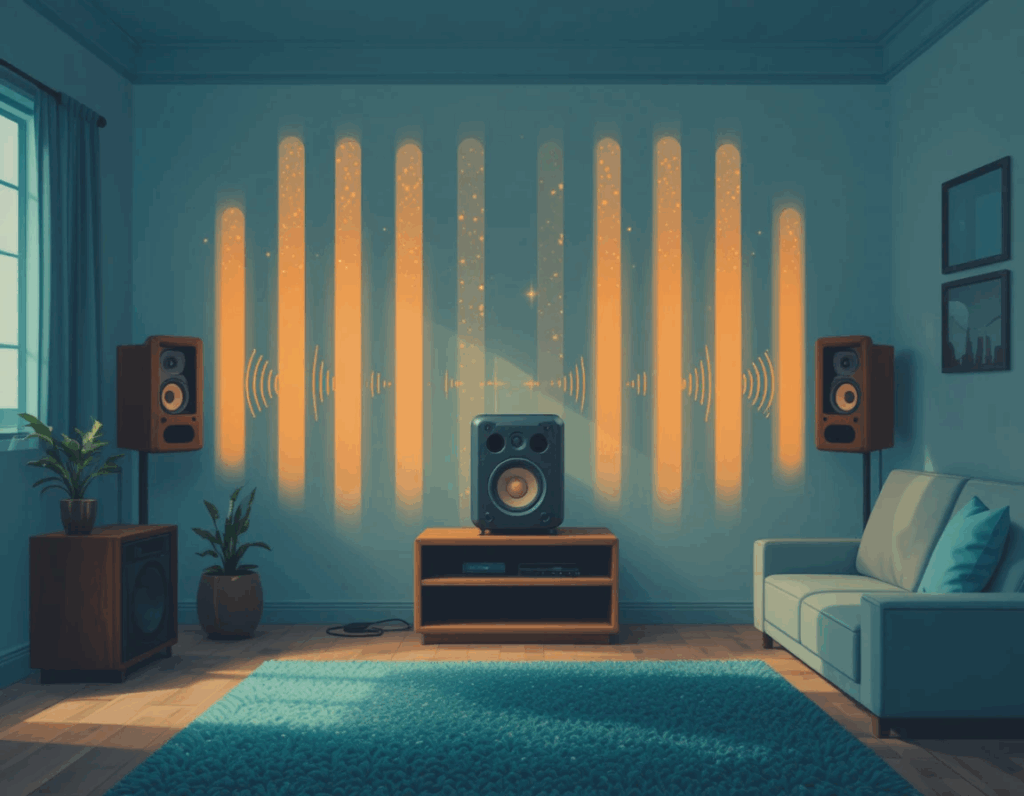
Why Is My Bluetooth Speaker Sound Quality Low?
Several factors can make a Bluetooth speaker sound weak or distorted. First, Bluetooth audio is often compressed. Most devices default to the basic SBC codec, which only handles about 192–320 kbps. If your phone and speaker support better codecs (like Qualcomm’s aptX or Sony’s LDAC), make sure they are used – aptX HD can handle up to 576 kbps, preserving more detail. Otherwise, audio will sound flat or tinny. Second, wireless interference and distance matter. Walls, other electronics (Wi-Fi routers, microwaves) or even metal objects can degrade the signalhelpguide.sony.net. Third, device settings can be wrong: for example, using a hands-free (phone call) mode on Windows or Android will use a narrow-band profile, producing low-quality sound. The Sony help guide explicitly notes you should use the A2DP profile for music, not HFP/HSP (phone call) modehelpguide.sony.net. Finally, low battery power or a dirty speaker grille can also reduce volume and clarity.
Quick Fixes to Improve Bluetooth Speaker Audio
- Check Volumes and Audio Profile: First, turn up the volume on both your source and the speaker. Many devices have a separate “Bluetooth” volume setting. Also set the output to Stereo (A2DP) in sound settings, not “Hands-Free” or “Headset” modehelpguide.sony.net. On Windows, for instance, ensure your speaker appears as a stereo playback device (not AG Audio)helpguide.sony.net.
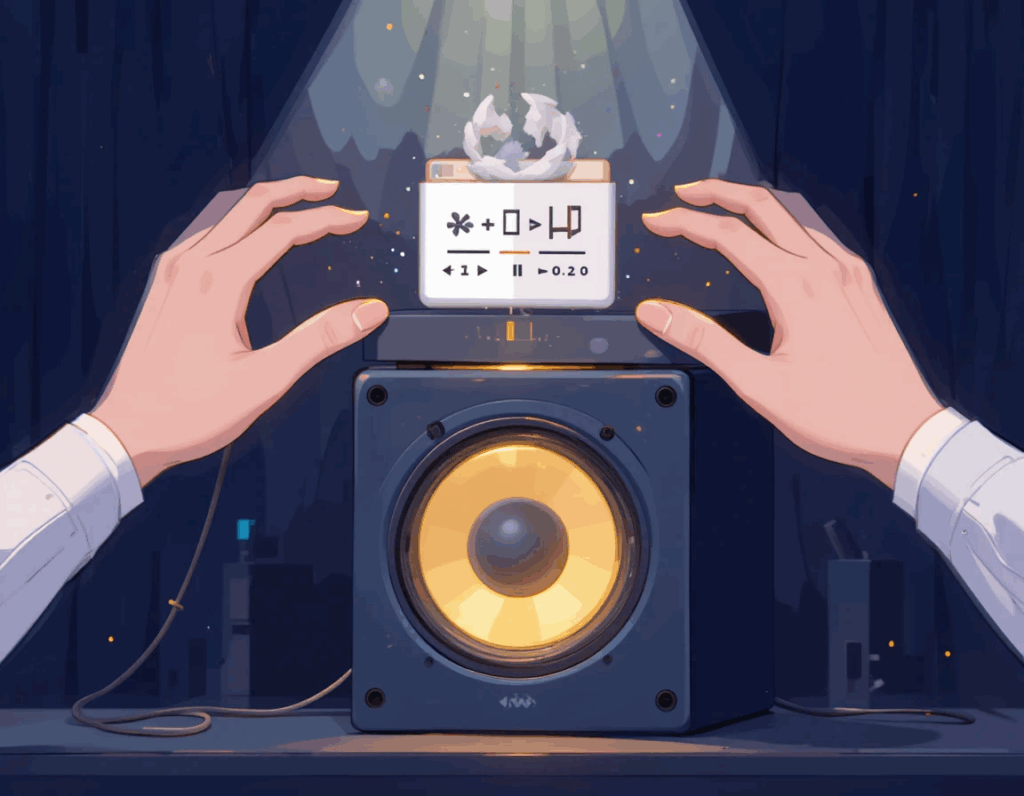
- Reduce Interference and Distance: Place the speaker and source within a few feet of each other, with no walls or metal between them. Turn off other wireless devices or move away from routers and microwaves. Bluetooth operates on the crowded 2.4 GHz band, so interference can greatly affect soundhelpguide.sony.net. In practice, bring the speaker closer and keep it in the same room. As the Sony guide suggests: move the Bluetooth devices closer together and away from TVs, routers, etc.helpguide.sony.net.
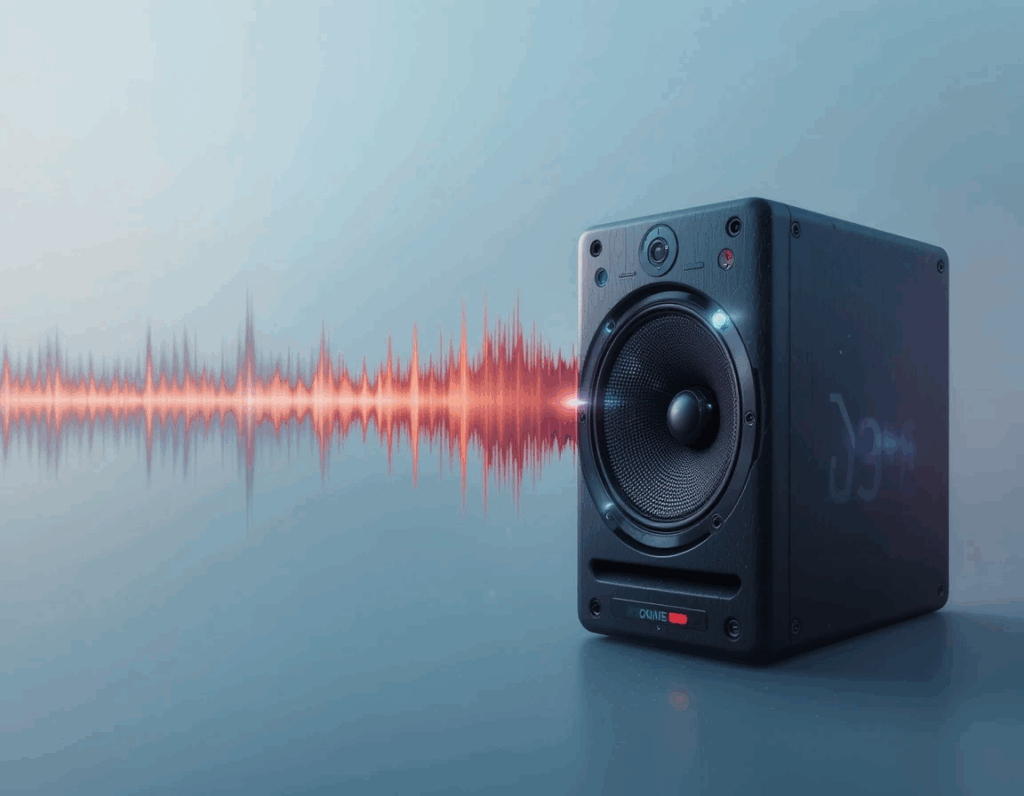
- Use High-Quality Audio Sources & Codecs: Make sure you’re playing high-bitrate music (e.g. FLAC, WAV, or high-quality streaming). If your app or service has an audio quality setting, set it to “high” or “lossless.” Remember that Bluetooth still compresses audio: the default SBC codec is limited (192–320 kbps) and will sound poor by itself. To improve fidelity, use devices that both support advanced codecs. For example, many Android phones and some speakers support aptX/aptX-HD or LDAC, which preserve much more detail. If you have an iPhone, it uses AAC by default, so ensure your speaker handles AAC well.
- Update Firmware and Drivers: Check for updates for your Bluetooth speaker (many brands offer a companion app for firmware updates). On a PC, update the Bluetooth adapter and audio drivers. Sometimes a bug in old software can cause poor sound. Additionally, disable any “audio enhancements” or equalizer settings that could interfere with Bluetooth playback. In Windows Sound settings or your phone’s sound options, turn off effects like “Spatial Sound” or “Dolby Atmos” as a test, since some enhancements can reduce quality in Bluetooth mode.
- Check Speaker Hardware & Power: Finally, inspect your speaker itself. Clean off any dust or debris from the speaker grille. Ensure it’s fully charged, as low battery can limit output. Try resetting the speaker to factory defaults (check the manual) to clear any glitches. If possible, test the speaker with a wired connection (some speakers have a 3.5mm aux input). If wired sound is much better than Bluetooth, it confirms a wireless issue.
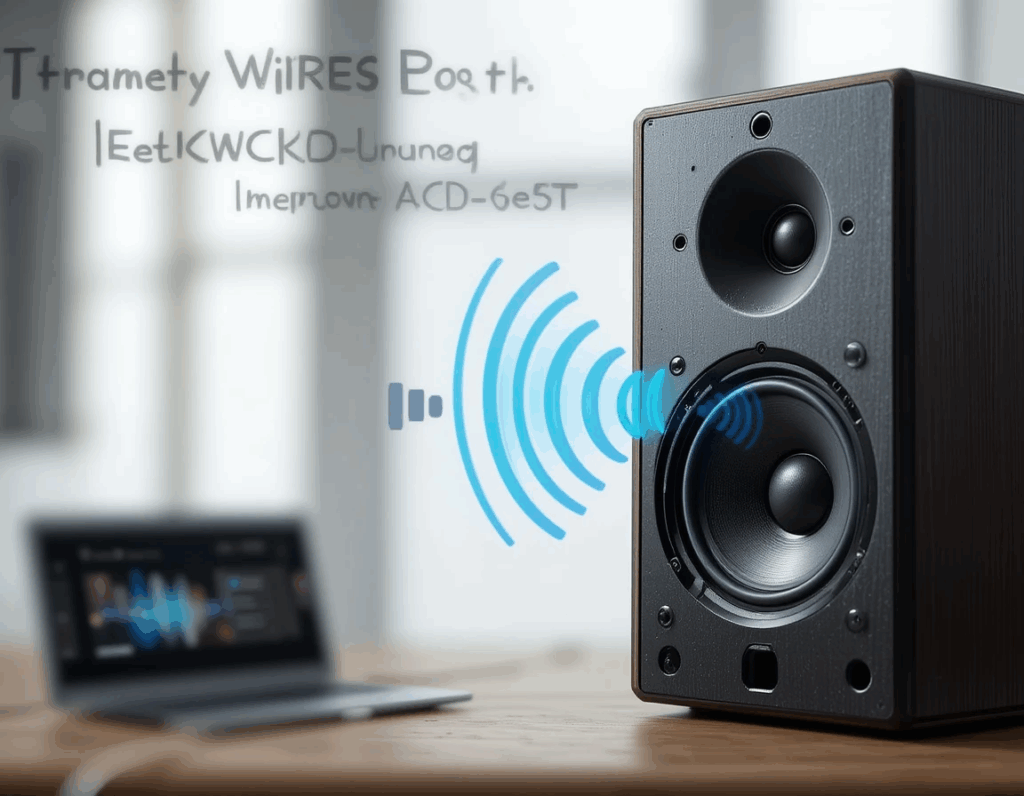
Conclusion and Next Steps
By following the above steps, you should fix most low sound quality problems in your Bluetooth speakers. If you’ve tried everything and the sound is still poor, the speaker hardware itself may be faulty. In that case, consider warranty support or replacement.
Read This Next:– How Do You Fix Low Sound Quality on a Bluetooth Speaker? 2025
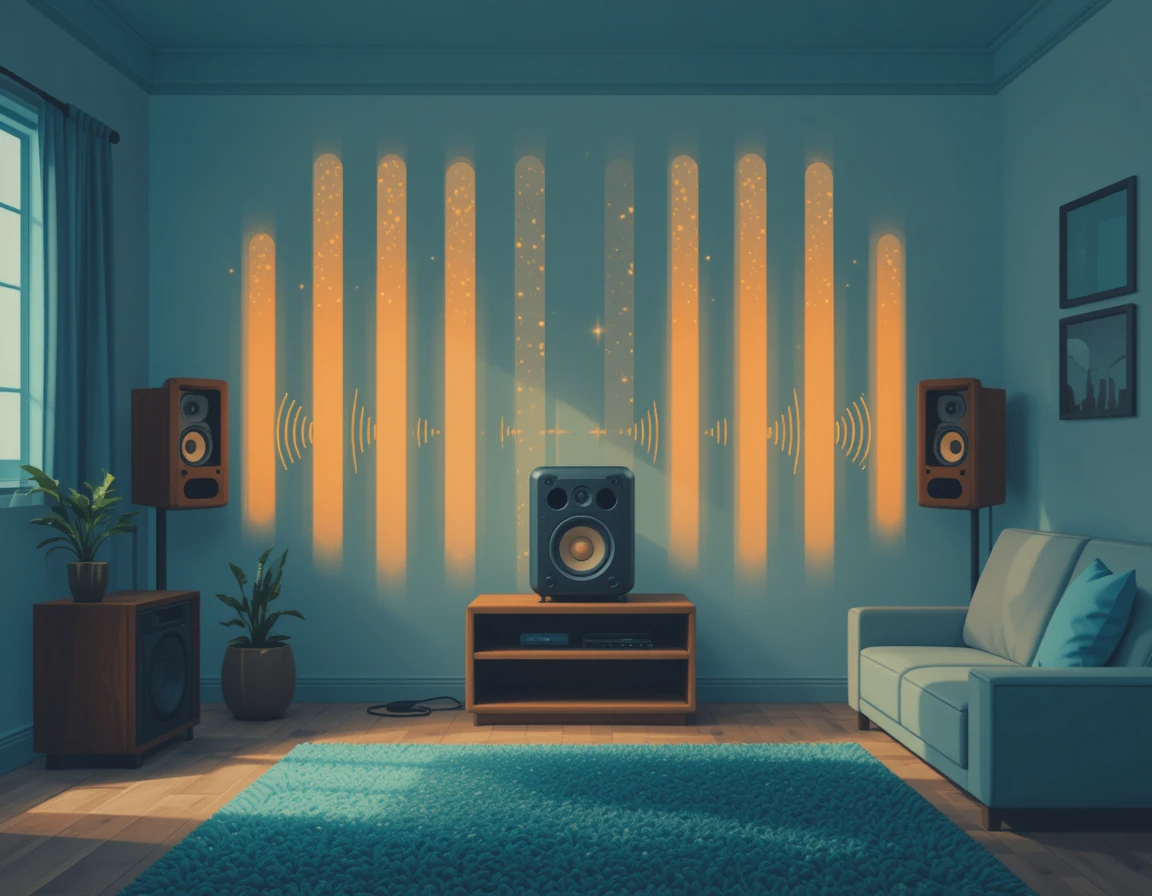

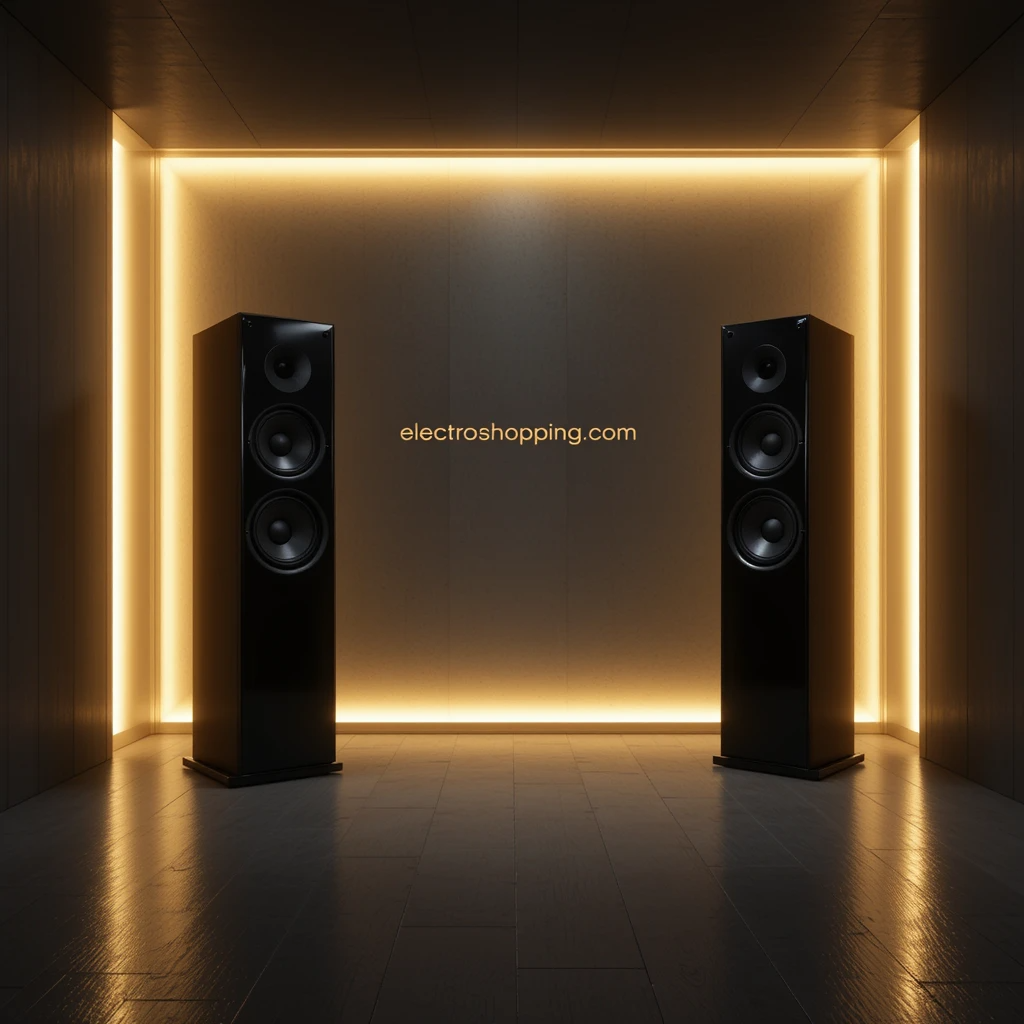
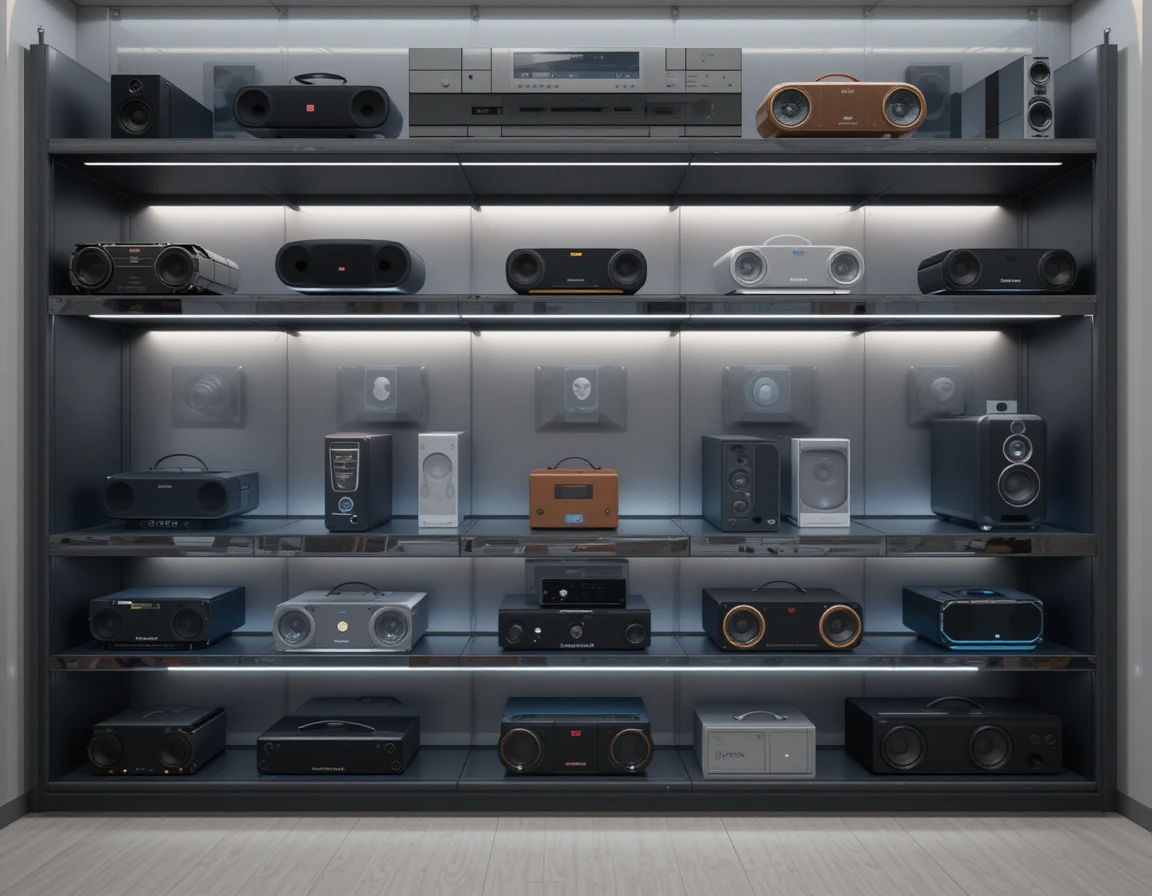

One thought on “How to Fix Low Sound Quality Issues in Bluetooth Speakers 2025”